




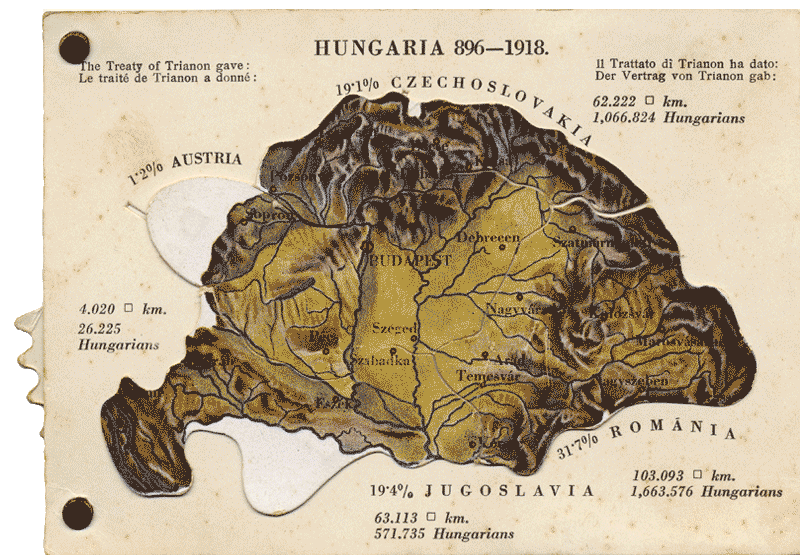




After all the wretched events Hungarians endured between 1914 and 1919, the treaty seemed utterly draconian, irrational, and unjust. And from the moment the country came into being, it was derisively nicknamed "Rump Hungary,” and many Hungarians began fantasizing that their country could somehow become “whole” again. With a restored Greater Hungary, they could regain their pride.
From June 4, 1920 onward, all flags in Hungary were flown at half-mast ... and would remain so for the next 18 years.
People are angry to this day. Hungarian nationalists put Greater Hungary bumper stickers on their cars, fly Greater Hungary flags in front of their houses, and some even wear Greater Hungary underwear.

The White Terror began in Budapest and spread to the countryside. Civilian militias, backed by Regent Horthy’s National Army and land-owning aristocrats, terrorized any suspected collaborators of the 1919 Soviet Republic (including Jews by association). They committed unspeakable atrocities, far more than were committed during the Red Terror.


THE SZÉCHÉNYI FAMILY was still the richest family in Marcali: Andor Pál and his three children, József (22), Julianna (20), and Endre (18), now lived in the family mansion in Marcali’s town center.
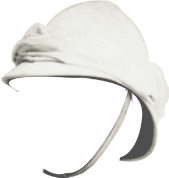


The district police had already rounded up over 80 communist and Jewish “suspects” and penned them in the courtyard of Marcali's local Jewish school. Then József Széchényi’s radical Prónay Battalion took control.
They sadistically tortured nearly all of their 80 captured suspects, and convicted 24 as “communist sympathizers” – immediately hanging 18 of these men in Marcali’s downtown prison, and taking the remaining six into the woods to be shot, including the son of Ignác Mayer, Marcali’s prominent Jewish lawyer and banker (and the owner of the biggest house downtown, apart from the Széchényi castle). They tortured and released Mayer's law partner Antal Dénes (also Jewish) and hanged Dénes's brother, Izidor.


By 1921, at least 3,000 Jews and alleged communists across all of Hungary had been tortured and killed by paramilitary battalions. Seeking to reestablish traditional hierarchies on the manors between masters and servants and to reinforce male dominance, these paramilitaries also terrorized peasants and women.
Such was the animosity against Béla Kun, the “Soviet experiment,” and Jews in general that 70,000 political and labor activists were jailed interminably and more than 10,000 Jews were deported for no good reason.


As the first anti-Semitic law in Western Europe after World War I, Numerus Clausus reduced Jewish admissions in Hungarian universities to six percent (the percentage of Jews in Hungary). Keep in mind that the majority of Hungarian Jewry were highly assimilated, spoke Hungarian as their mother tongue, were not religious, and had converted in significant numbers to Christianity.
The law also put severe limits on women’s admissions. Those in power considered feminism a ridiculous concept: why would women want to pursue higher education and become “alienated” from their true happiness in the home? Numerus Clausus thus secured the male, Christian, nationalist, conservative hegemony of the Magyar nobility.
“I HAVE CONSIDERED IT
INTOLERABLE THAT
HERE IN HUNGARY
EVERYTHING,
EVERY FACTORY, BANK,
LARGE FORTUNE, BUSINESS,
THEATER,
PRESS,
COMMERCE,
ETC.
SHOULD BE IN
JEWISH HANDS
AND THAT THE JEW
SHOULD BE THE IMAGE
REFLECTED OF HUNGARY,
ESPECIALLY ABROAD.”
- REGENT MIKLÓS HORTHY




Ede Teller, who could calculate the number of seconds in a year in his head, left for Germany. So did Leó Szilárd. Both would become famous physicists, working on the Manhattan Project in the U.S. during World War II.


Numerus Clausus also limited Jewish faculty positions. Since Marcali native Henrik Marczali (who had written the most important history to date about Hungary within the Habsburg Empire) was Jewish, he was suddenly dismissed from his university post in Budapest, never to be employed again. About 100,000 of Hungary’s most talented artists and intellectuals (many of them Jewish) emigrated from their increasingly inhospitable homeland.




Gömbös looked primarily to race as the basis for nationality. He identified with the story of Prince Árpád and advanced romanticized myths about Hungary’s origins.
Actively anti-Semitic, Gömbös co-founded the “Party of Racial Defense” in 1920, and then organized “The Association of Awakening Hungarians” in 1923. For Gömbös and others, Jews would never count as “true” Hungarians.

Marcali’s petit bourgeoisie — the smith, cobbler, tailor, and all the retail traders who operated the stores and bars downtown — took on apprentices and served the farming community.
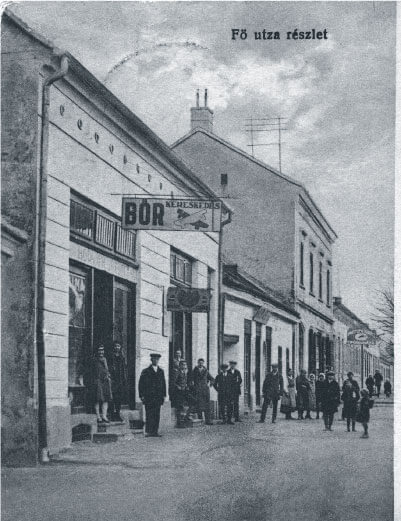

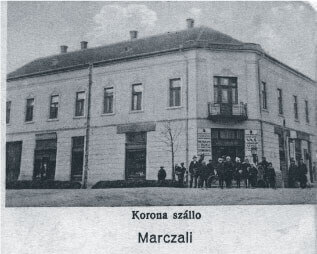

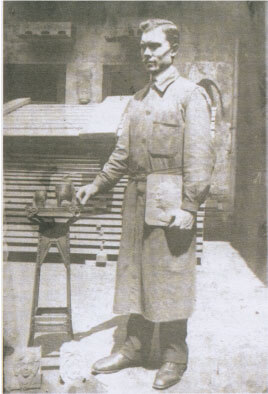

Béla Hikman was a prominent member of this group. He was an extraordinary craftsman who operated an ornamental ironworks shop on Elizabeth (now Petőfi) Street.
Coming from a poor family, Hikman distinguished himself as an apprentice, then moved to Budapest for further training, and opened a shop in Marcali in 1924. He became famous around the region for his street fences, cemetery gates, architectural decorations, and balconies, which graced the many private villas being built around Lake Balaton.

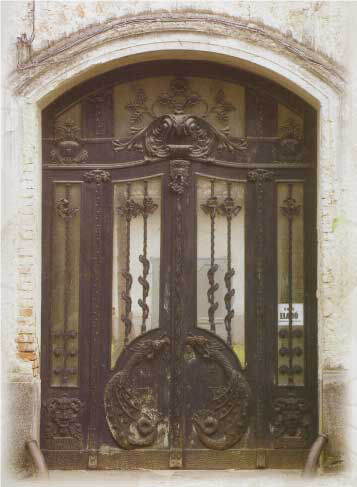




Celebrated for his craftsmanship in the 1920s, Hikman had no idea that in about thirty years his successful business would make him a "tight-fisted kulak" and enemy of the state, just like my family ...
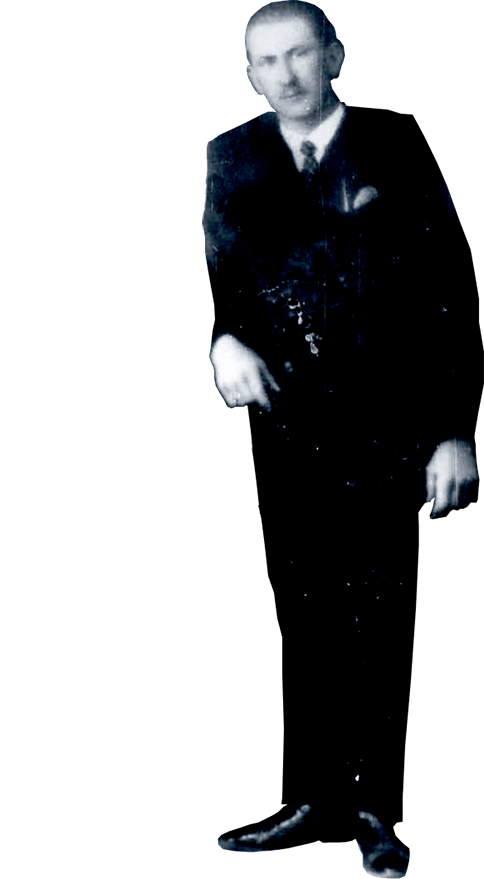
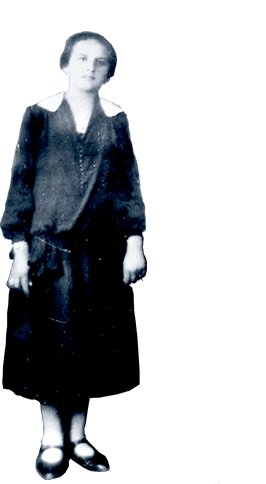






About 35km north of Marcali, Héviz is the second largest thermal lake in the world, known for its magnificent therapeutic properties.

Héviz had become an increasingly popular destination. Having discovered the concept of vacation, an increasingly wealthy urban middle class (mostly coming from Budapest) flocked to Héviz and the resorts around Lake Balaton.
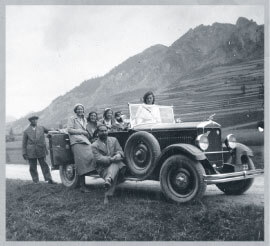
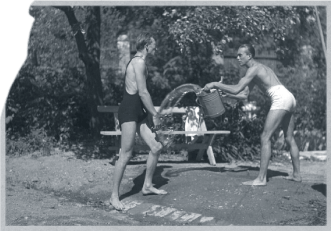
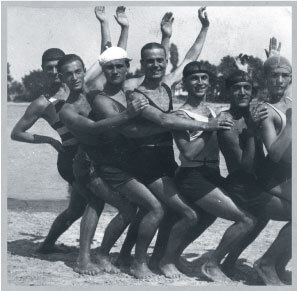



The couple moved into this big two-story house that Pista built, a few kilometers from Marcali’s town center.



As partners in marriage, Gizi and Pista’s temperaments were well suited for each other.




